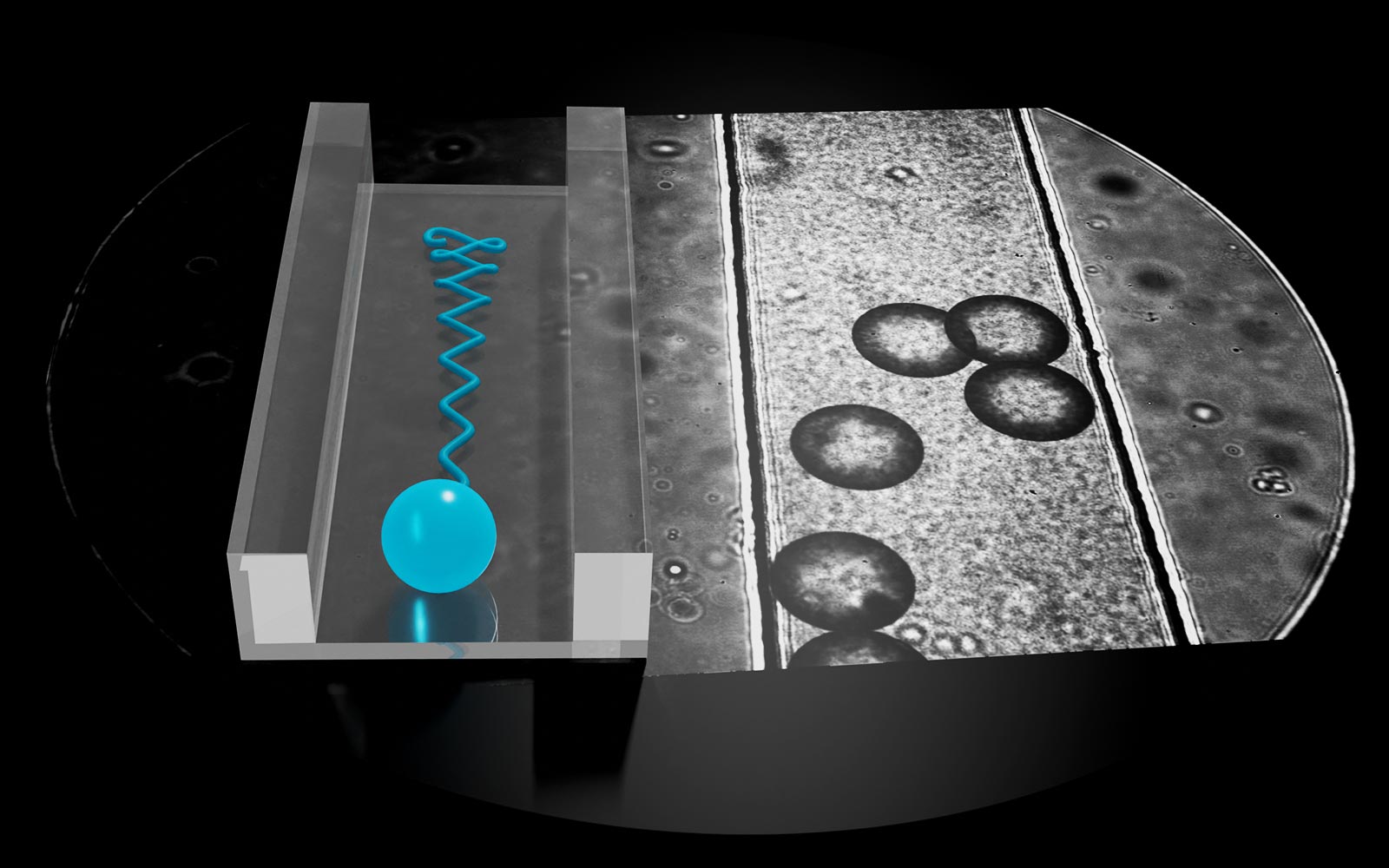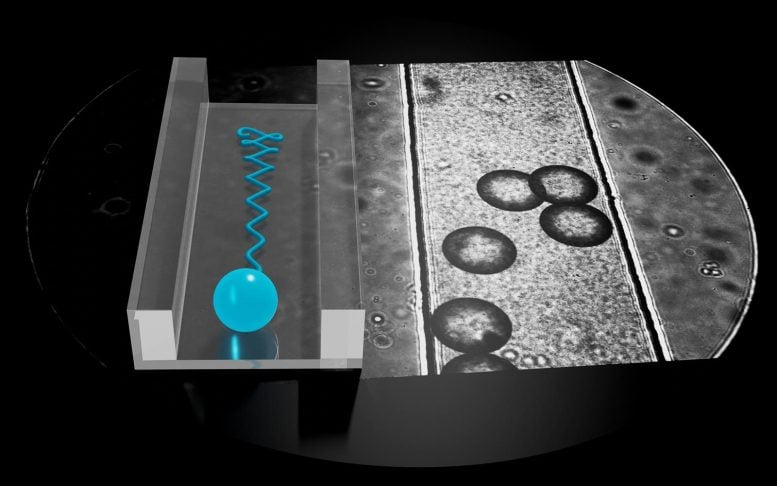

Researchers at Max Planck Institute for Dynamics and Self-Organization (MPI-DS), the Indian Institute of Technology (IIT) Hyderabad, and the University of Twente, Netherlands have explored the use of electric fields combined with flow techniques to manipulate the movement of artificial microswimmers in channels.
These swimmers, which can be biological like bacteria or custom-designed, are crucial for tasks such as drug delivery in narrow environments. The study revealed various movement patterns, such as wall adherence, centerline navigation, and even U-turns, offering a new way to control these microdevices precisely.
Microswimmer Navigation
Microswimmers, such as algae, bacteria, or custom-designed structures, often need to navigate narrow spaces like microchannels, porous materials, or even blood vessels. When custom-designed swimmers are used for tasks like transporting chemicals or delivering drugs, it’s crucial to control their movement near walls and boundaries. While they may need to exchange fuel or information with their surroundings, they also must avoid sticking to surfaces where they could get trapped.
Electric Field Guidance in Microswimmer Control
Because many of these microswimmers are electrically charged, electric fields offer a flexible way to guide them through complex environments. Scientists from MPI-DS explored this in experiments with self-propelling artificial microswimmers.
“We investigated the influence of a combination of electric fields and pressure-driven flow on the states of motion of artificial microswimmers in a channel,” explains Corinna Maass, group leader at MPI-DS and Associate Professor at the University of Twente. “We identified distinct modes of motion and the system parameters that control them.”
In previous research, the scientists showed that these artificial swimmers tend to move upstream, oscillating between the channel walls. Now, with this new discovery, they can control the swimmers’ movement precisely by applying electric fields and flow through the channel.
Enhancing Microswimmer Maneuverability
This way, the researchers generated a broad range of possible motility patterns: The swimmers can be directed to adhere to the channel walls or follow its centerline, either in an oscillating or in a straight motion. They are also able to execute U-turns if they set off in the wrong direction. The scientists analyzed these different states using a general hydrodynamic model that is applicable to any swimmer with a surface charge.
Ranabir Dey, Assistant Professor at IIT Hyderabad explains: “We show that the motility of charged swimmers can be further controlled using external electric fields. Our model can help to understand and customize artificial microswimmers, and provide inspiration for autonomous micro-robotic and other biotechnological applications.”
Reference: “Electrotaxis of Self-Propelling Artificial Swimmers in Microchannels” by Carola M. Buness, Avi Rana, Corinna C. Maass and Ranabir Dey, 7 October 2024, Physical Review Letters.
DOI: 10.1103/PhysRevLett.133.158301